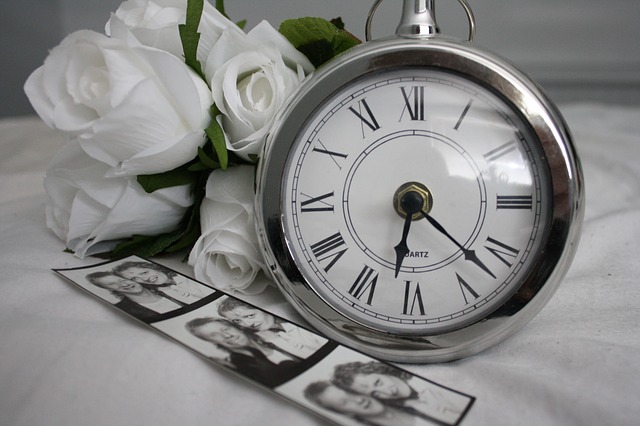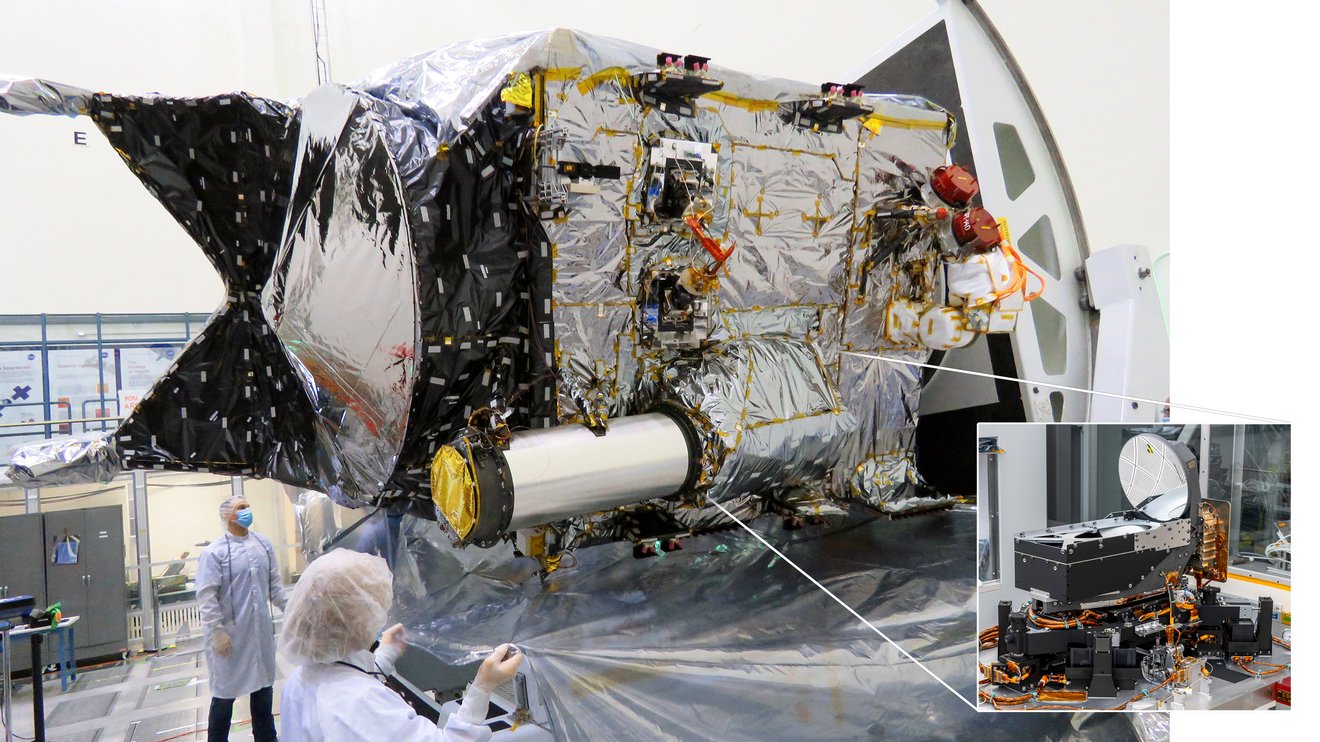The simple act of telling time has come a long way since the sundial. Now, watches are not only ways to know what time it is, they’re statements, almost works of art. One company’s work of art to wear on your wrist will set you back $98,800.
Girard-Perregaux (GP) has introduced a “constant force escapement,” a revolutionary design incorporating the most advanced mechanisms to achieve unequaled accuracy. The specs reveal why it has such a high price tag:
Girard Perregaux Constant Escapement L.M. Watch, round 18kt white gold case (48mm diameter, 14.63mm thickness) with transparent case back and hand-engraved inscriptions, alligator leather strap with 18kt white gold buckle, off-center open-worked dial with black hands, central seconds, linear power reserve, 28 jewel Caliber GP9100-0002 self-winding movement with constant power delivery and approx one week of power reserve, scratch-resistant sapphire crystal, water-resistant to 30 meters.
A true technical revolution that stunned connoisseurs when prototypes of the innovative mechanism were first presented, the Constant Escapement is now integrated into the movements driving the new models of Girard-Perregaux?s Haute Horlogerie collection. Based on the ground-breaking prototypes presented in 2008, it has taken five years of research and development to bring this signature movement to fruition. Watchmaking history will be forever marked by this significant achievement in chronometry, paired with the superb balance and singularity of this movement. A revolutionary concept addressing a holy grail of watchmaking, Constant Force. A breakthrough in the field of chronometry with a completely new architecture and design of the escapement (3 different patents). Unprecedented precision: a victory over waning power in traditional mechanical watches, through constant power delivery to the oscillator meaning constant amplitude and constant rate. Avant-garde materials and advanced technology. Use of a 14 micron silicon buckled-blade, a strategic component 6 times thinner than a human hair. Long power reserve and linear indicator due to an innovative double twin barrel (patent pending). A total length of 3 meters of barrel spring. Spectacular avant-garde design inspired by the Girard-Perregaux tradition.
Following Girard-Perregaux Through Time
Since 1791, Girard-Perregaux has been designing and making “time pieces” or, as we know them today, watches. Jean Françoise Bautte, founder of the company, started in the business at age 12, working as an apprentice case maker, jeweler, goldsmith and watchmaker. Bautte also had a knack for business and soon set up a watch manufacturing company in Geneva, Switzerland, where he employed 300.
Bautte’s watches were renowned for their extra-thin design and simplicity. It wasn’t long before his innovative designs attracted prestigious visitors including future Queen Victoria and members of all European courts, making him one of the most famous watchmakers of his time.
The company was passed down to sons Jacques Bautte and Jean Samuel Rossel, who continued to do cutting-edge work in the field of chronometry. In 1880, the company developed the “wristwatch concept,” selling 2,000 watches to German Kaiser Wilhelm I for German naval officers.
In 1903, Count Ferdinand von Zeppelin measured his aeronautic tests using Girard-Perregaux timekeepers. Three decades later, the company was purchased by Otto Graef of MIMO Brand at a watershed when the sales of wristwatches exceeded those of pocket watches for the first time. In 1940, Girard-Perragaux developed the Sea Hawk water resistant watch, selling it widely in both European and American markets.
The company participated in the Art Deco movement with the creation of rectangular watches in 1945. In the 1960’s, due to its unparalleled in-house R&D team, GP developed the first high-frequency movement, 36,000 vibrations/hour watch, improving watches’ rate performance and revolutionizing the industry yet again.
In 1970, Girard-Perregaux launched production of the first quartz wristwatches, achieving a frequency of 32,768 Hz, which remained the universal standard for quartz watches. In 1981, GP undertook the revival of gold pocket watches with the remaking of 20 famous Tourbillon designs.
Over the past four decades, GP ownership has changed hands again, but innovation has continued as it has throughout the company’s history. Newer timepieces or watches are thinner, more accurate, continue to reflect the company’s design history and push the boundaries by introducing limited edition models. Newer models have new date display systems, larger windows, moon phase indicators, world times and more. In the past decade, GP has teamed with BMW, Oracle and the America’s Cup to produce limited edition watch collections.







